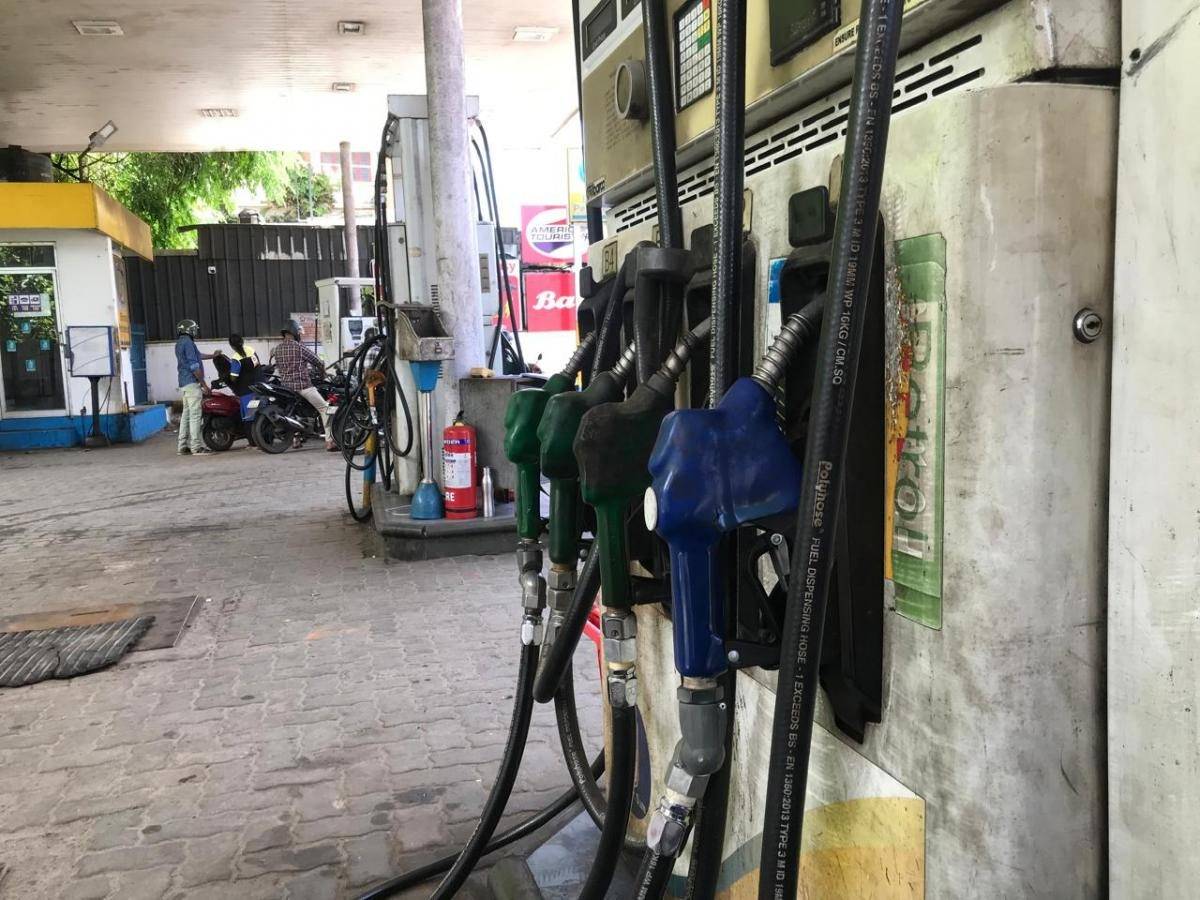
Rising Ethanol Levels in Fuel Raise Concerns Among Vehicle Owners
A recent post on social media brought attention to an increasingly relevant issue: how well current vehicles are coping with rising ethanol content in fuel. The owner of a 2021 car pointed out that his vehicle’s manual specifically warns against using petrol with more than 10% ethanol (E10), citing possible issues with drivability and fuel efficiency. The manual even suggests switching to ethanol-free petrol if such problems arise.
This concern is becoming more common as India steadily moves toward its ethanol-blending goals, aiming for a 20% mix (E20) as part of its broader push toward cleaner energy. While the environmental and economic motivations behind this shift are understandable, not all vehicles on the road today are built for it – especially those sold before 2022.
Recently, the Indian government has reaffirmed its commitment to achieving 20% ethanol blending in petrol by the Ethanol Supply Year (ESY) 2025-26, as detailed in responses to questions raised in the Rajya Sabha on July 21, 2025. Minister Suresh Gopi highlighted that the Ethanol Blended Petrol (EBP) Programme has made remarkable strides. Public Sector Oil Marketing Companies (OMCs) achieved 10% ethanol blending in June 2022, five months ahead of schedule. This was followed by 12.06% blending in ESY 2022-23 and 14.60% in ESY 2023-24. For the ongoing ESY 2024-25, the blending percentage reached an impressive 18.93% as of 30 June 2025, with June alone recording 19.92%. These figures reflect steady progress towards the 20% target, driven by a series of strategic interventions.
Why Ethanol-Free or Low-Ethanol Fuel Still Maters for Many Vehicles
1. Engine Wear and Fuel System Compatibility
Many cars built before E20 standards were introduced weren’t designed to handle higher ethanol levels. Ethanol acts as a solvent and can gradually wear down rubber parts, seals, and plastic fittings in the fuel system. For such vehicles, sticking with E10 or even ethanol-free petrol helps:
• Avoid fuel system corrosion
• Keep injectors and filters from clogging
• Extend the overall life of engine components

A car owner’s complaint to Nitin Gadkari and Hardeep Singh Puri, India’s transport and oil ministers, respectively.
2. Fuel Economy Differences
Ethanol contains less energy than regular petrol. The result? Cars tend to burn more of it to produce the same power, which can mean:
• Lower mileage per tank
• More frequent refueling, which hits harder for people who drive long distances or live in areas with fewer fuel stations
3. Performance and Drivability
Some drivers report that higher ethanol blends lead to performance issues – such as rough idling or hard starts, especially in colder climates. Ethanol-free petrol, on the other hand, typically offers:
• Smoother engine response
• More reliable cold starts
• Consistent driving performance, particularly in older or non-ethanol-optimized engines
4. Reduced Moisture and Storage Risks
Ethanol easily absorbs moisture from the air. Over time, this can lead to:
• Water buildup in the fuel tank
• Phase separation (when ethanol and petrol separate), which can be a serious problem in vehicles that sit unused for long periods Using ethanol-free petrol reduces these risks, making it a safer choice for:
• Classic or collector cars
• Motorcycles, boats, or equipment used seasonally
5. Manufacturer Warranty and Guidelines
Most importantly, if a manufacturer explicitly limits ethanol content to 10%, using anything beyond that could void your warranty or cause damage that isn’t covered. Following fuel recommendations:
• Protects your warranty
• Ensures compliance with safety standards
• Offers peace of mind to vehicle owners
The Flip Side: Why Ethanol-Free Petrol Isn’t Always the Answer
Although there are clear benefits, ethanol-free petrol also comes with a few trade-offs:
• It’s More Expensive: Ethanol is cheaper and often subsidized, making ethanol-free fuel costlier at the pump.
• Lower Availability: Especially in India, ethanol-free petrol is increasingly rare as E10 and E20 blends become the norm.
• Environmental Impact: Ethanol helps cut down on emissions. Pure petrol tends to produce more pollutants like carbon monoxide.
• Reduced Octane Options: Ethanol naturally raises a fuel’s octane level. Without it, petrol may not perform as well in engines that require higher octane ratings (like turbocharged engines).
• Storage Life: While ethanol attracts moisture, ethanol-free fuel still degrades over time unless properly stabilized – especially relevant for vehicles in storage.
So What Can We Vehicle Owners Do?
If your car’s manual warns against high ethanol content, it’s not just a suggestion—it’s a technical requirement. If you’re having trouble sourcing ethanol-free fuel locally:
• Reach out to your car dealer or service center—they may know regional suppliers or offer guidance.
• Contact fuel companies directly to check availability.
• In cases of severe incompatibility, consider raising the issue with the manufacturer or local authorities for a workaround or exemption.
While the push toward greener fuels are necessary, it’s just as important to ensure that the transition doesn’t leave current vehicle owners stuck between policy and practicality.
(Sarath Babu is an engineer who believes sense, voice, perspectives, ideas and actions bring impact)













